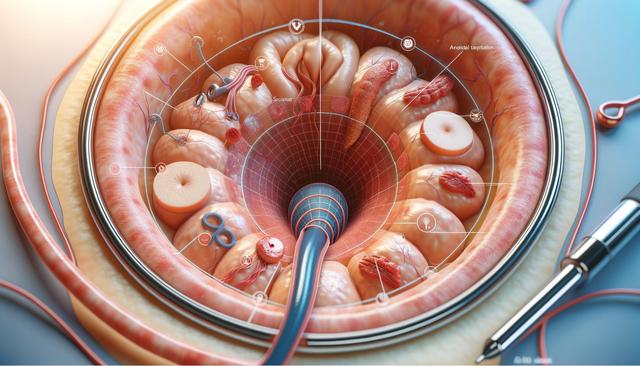Understanding Anal Fistulas
Anal fistulas are abnormal tunnels that connect the inside of the anus to the skin surrounding it. They often result from an infection in an anal gland, which leads to the development of an abscess. Recognizing the symptoms early can be crucial to finding an appropriate anal fistula treatment. Symptoms often include persistent pain in the anus, irritation, and sometimes discharge. Individuals experiencing these symptoms should seek medical advice to explore their treatment options.
Conventional vs. Non-Surgical Treatments
Traditionally, surgery has been the primary method to repair an anal fistula. However, there are non-surgical alternatives that some patients may choose based on their specific circumstances. These treatments focus on reducing inflammation, managing symptoms, and promoting natural healing. Some non-surgical approaches include:
- Antibiotics to treat underlying infections
- Sitz baths to ease discomfort
- High-fiber diets to prevent constipation and reduce straining
These methods may not provide rapid treatment but can be effective for certain individuals looking for anal fistula treatment without surgery.
Exploring Seton Placement
Seton placement is a less invasive option that can aid in managing an anal fistula without resorting to surgery. In this procedure, a thin piece of material is placed through the fistula to allow for drainage and reduce the risk of further infection. This method can significantly alleviate pain in the anus and help in managing symptoms over time. While not a rapid treatment option, it is less invasive than traditional surgery and can be a practical choice for some patients.
Natural and Home Remedies
For those seeking alternative methods, there are several natural remedies that may support anal fistula healing. While these remedies should not replace professional medical advice, they can be used to complement other treatments. Some popular home remedies include:
- Turmeric, known for its anti-inflammatory properties
- Aloe vera gel to soothe the affected area
- Warm compresses to reduce discomfort and promote drainage
Incorporating these remedies can support overall treatment efforts and provide comfort in the healing process.
Consulting Healthcare Professionals
Ultimately, consulting healthcare professionals is crucial for anyone experiencing symptoms of an anal fistula. A tailored treatment plan based on individual needs and medical history is essential. While exploring non-surgical options, it is important to maintain open communication with healthcare providers to ensure safe and effective treatment. This approach ensures that any chosen method aligns with the individual’s health goals and medical requirements.
Conclusion
Managing an anal fistula without surgery can be a viable option for many individuals. By understanding the condition and exploring various treatment routes, patients can find a path that suits their needs. Whether opting for seton placement, home remedies, or consulting with healthcare professionals, the emphasis should always be on safe and effective management. While these non-surgical treatments may not provide rapid results, they offer a way to alleviate symptoms and improve quality of life over time.
